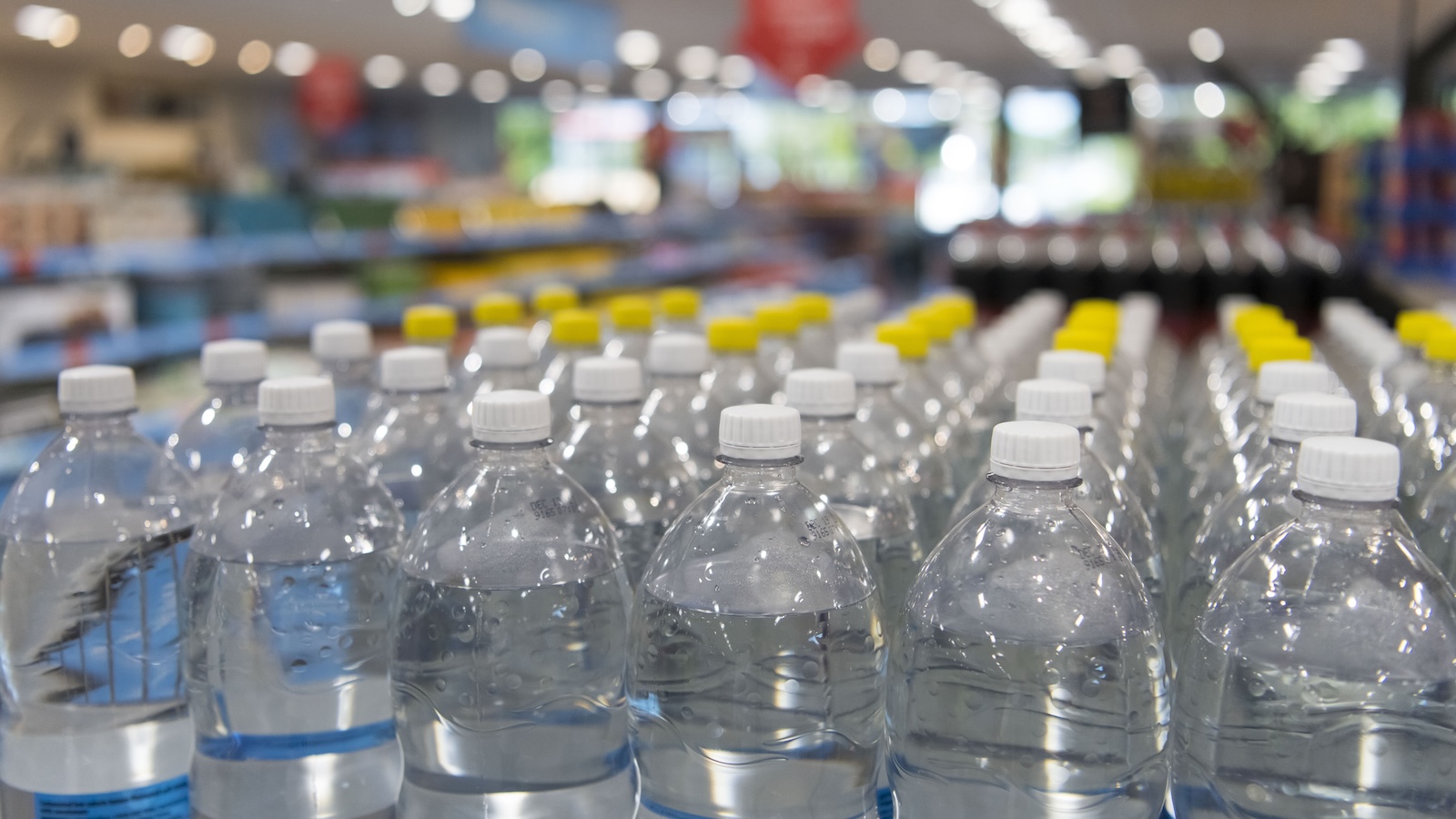Recent research has revealed that bottled water contains significantly higher amounts of plastic particles than previously believed. A study found that a typical one-liter bottle could contain nearly a quarter of a million nanoplastic particles, which is 10 to 100 times more than earlier estimates.
This groundbreaking study used a new technique that allowed researchers to identify and count nanoplastic particles smaller than 100 nanometers. This has raised concerns about the potential health and environmental impacts of these particles, as they are small enough to enter the bloodstream and even cross the placenta to affect unborn babies.
The study also found that most of these particles were not the typical plastic material used in water bottles, but rather types like polyamide and polystyrene, possibly indicating contamination during the bottling and purification process.

The health implications of these findings are concerning, and further research is needed to understand the potential risks and toxicity of these nanoplastic particles. Researchers are also exploring other potential sources of nanoplastic pollution and ways to improve detection methods.
This study should prompt action from policymakers to address the issue of plastic contamination in bottled water and consider measures to reduce plastic production and pollution.






